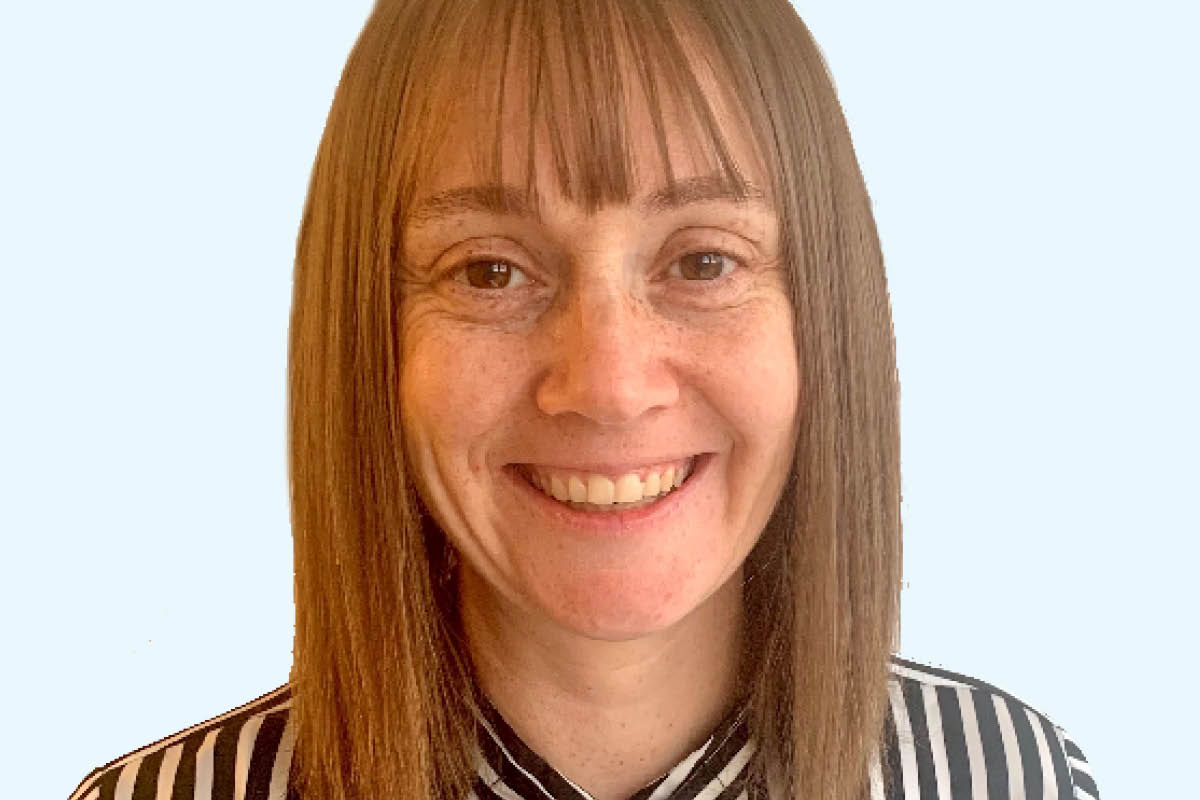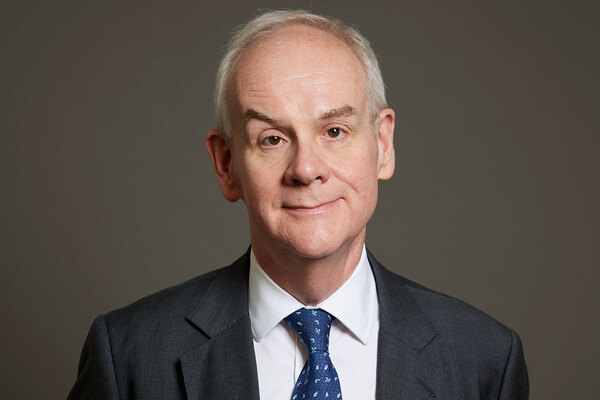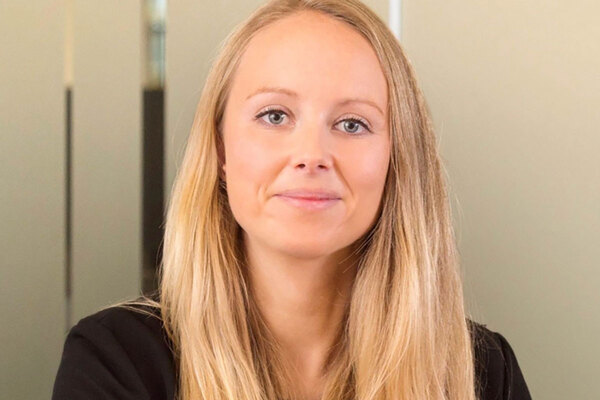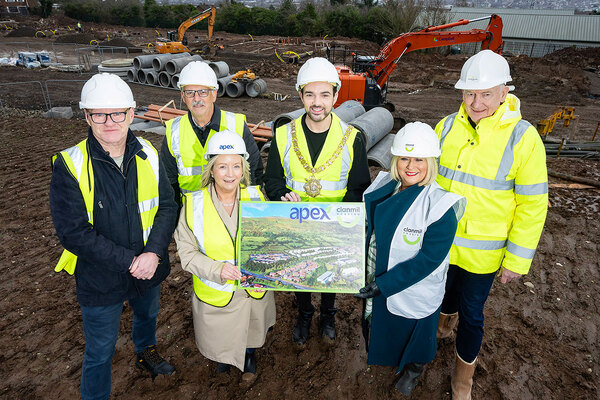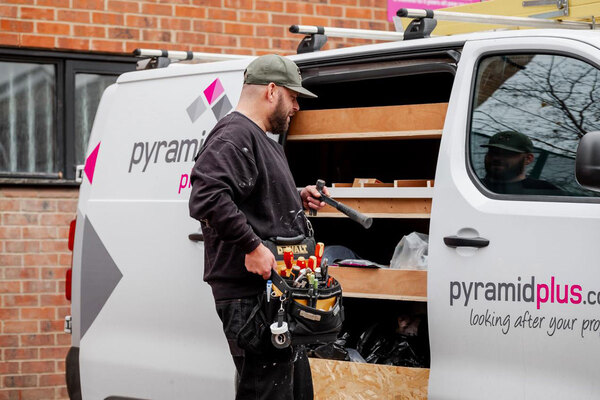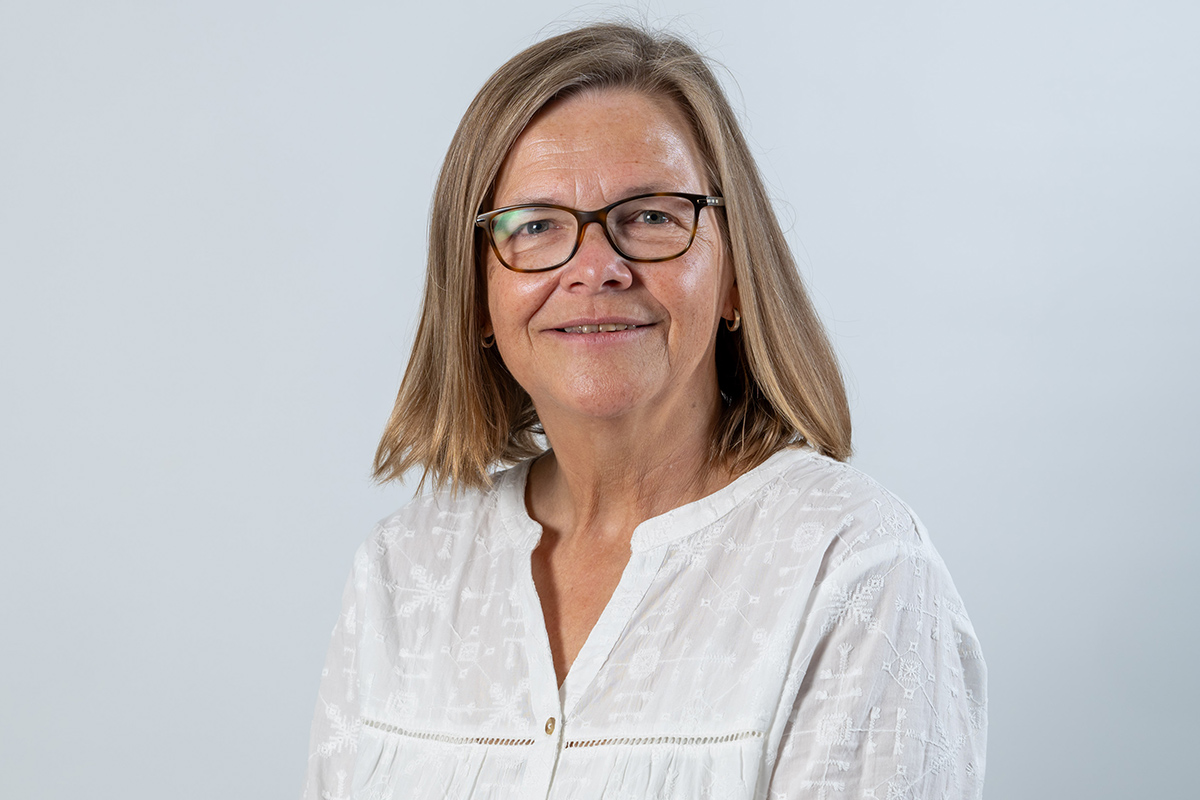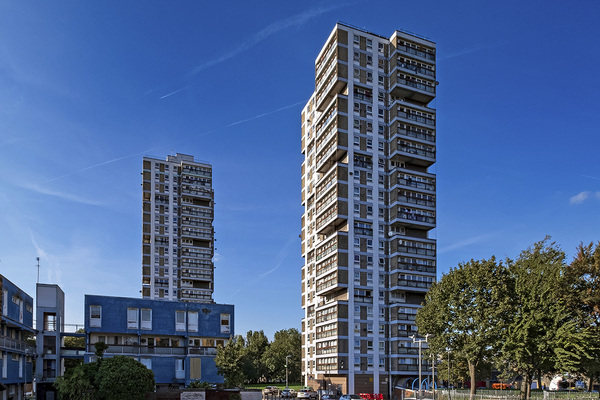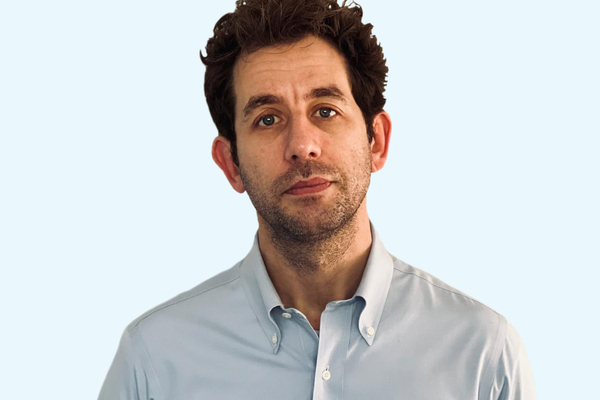You are viewing 1 of your 1 free articles
A new action plan for LGBTQ housing
Research has suggested that the housing concerns of many LGBTQ people are being neglected. Inside Housing met with tenants, academics, senior council and housing association figures and HouseProud – the UK-wide network for LGBTQ housing professionals – to draw up a potential action plan. Martin Hilditch reports

Over the past few years, several worrying pieces of research into LGBTQ residents have pointed to an urgent need for change in the social housing sector.
The 2017 report No Place Like Home? – which surveyed and spoke to 260 LGBTQ residents – found that 32% felt their neighbourhood was not a safe place to live in as an LGBTQ person and that 21% were uncomfortable with repairs people entering their home (with some concealing items that might reveal their gender identity or sexuality before such appointments). Just over a third of respondents thought their housing provider did not deal effectively with cases of harassment.
And last year, a survey of 624 people over the age of 50 into the housing, care and support requirements of older LGBTQ people in London found that 56% would favour living in an LGBTQ retirement community (an opportunity that does not currently exist in the UK).
Following the No Place Like Home? report, HouseProud, the UK-wide network for LGBTQ housing professionals, launched a pledge scheme for social landlords in 2019. Signing the pledge commits providers to improving housing services for LGBTQ residents by ensuring they have an input at the executive/strategic level, and creating a programme of staff training to improve understanding.
Despite this work, there is a feeling among many involved that awareness of LGBTQ housing issues is still too low – and, in turn, that change should progress more quickly. Sixteen housing organisations have signed the pledge so far, so clearly there is some distance left to travel (although they represent more than 10% of the social housing sector in terms of homes owned).
So, what should the next steps be? To look at how best to proceed, Inside Housing got together virtually with some of the key players within HouseProud, the academic who has worked on some of the research to date, tenants, and representatives from housing associations and councils. To draw up a wide-reaching plan of action, attendees divided into four breakout ‘rooms’: resident voice, development, homelessness and older people. The aim was to explore what housing providers can do to understand the concerns of LGBTQ residents, what the barriers are to developing LGBTQ-affirming housing projects, how to improve outcomes for LGBTQ homeless people, and why older LGBTQ people’s needs are not being considered in housing and care services and commissioning.
So, what emerged on the day? Inside Housing sat in on the resident voice panel, chaired by John Stevens, partnerships and projects manager at Clarion Futures and co-chair of HouseProud.
Next steps: a 10-point action plan for LGBTQ housing
- LGBTQ housing issues need to be recognised by organisations as an equalities issue.
- Providers need to ‘come out’ as being LGBTQ-friendly before LGBTQ people will feel safe to come out themselves to the organisation. Signage and visibility are important.
- Providers need to ensure that all their staff have appropriate and intersectional training.
- LGBTQ staff need to feel protected by their organisation.
- Organisations should have a clear complaints procedure for those experiencing transphobia, biphobia or homophobia.
- Data should be collected on LGBTQ people’s needs and LGBTQ resident groups and/or LGBTQ organisations should be involved in this process.
- Boards need to invest in diversity champions and address issues around diversity and inclusion in meaningful and measurable ways.
- Partnerships between providers and LGBTQ organisations need to be built to provide more LGBTQ-affirming housing for older people and LGBTQ supported housing for homeless people. A new community housing fund is critical to enable LGBTQ community projects to be created and owned by the community.
- Trust needs to be built over time to overcome the perceived and real barriers to LGBTQ resident engagement. Understanding is required that residents may be afraid to attend a resident involvement meeting. Trust can be built by rooting out anti-social behaviour and discrimination.
- Collaboration is needed between specialist and mainstream providers, and councils should work together in metropolitan areas to address exclusion by local connection criteria for specialist LGBTQ housing provision, homelessness and domestic violence.
Michael Verrier, chair of L&Q’s LGBT resident forum, says that while some housing associations know about the pledge scheme, awareness of the research findings is still very limited, which means there is a lack of understanding of the need for change.
“There is some really qualitative information in there about people hiding stuff and their relationship with their landlords and how safe they feel,” he says. “When that research is constantly ignored by the officers that should be reading it, by boards, by all governance structures, that gives me real concern.”
“Everyone agreed that the first barrier was a real ignorance, a gap in knowledge, that despite a growing evidence base isn’t getting out into the mainstream at all”
Jamie Ratcliff, executive director of business performance and partnerships at Network Homes (one of the 16 organisations that has signed the pledge), says: “What drew me into HouseProud when I was in a previous role was this viscerally emotional point of the research showing that people couldn’t be themselves in their own homes,” he says. “That affected me fundamentally. When Network signed up to the HouseProud pledge that was a key part of the training we did for frontline staff.”
Jennifer Brathwaite, cabinet member for housing and homelessness at Lambeth Council, says progress needs to be about concrete change, not just signing the pledge. “For me it is about how we do it genuinely, so it is not just a surface exercise that makes us look good as a council but that really makes a difference to people’s lives,” she says.
Why, though, are LGBTQ residents’ voices not being heard? Professor Andrew King, deputy head of the department of sociology at the University of Surrey, which helped develop the pledge, says: “Fear, safety
and trust, I would say, are the three major factors. People are fearful about raising their voice.”
Mr Verrier agrees this is a barrier to LGBTQ tenants’ willingness to speak up “just in case it is an unfriendly environment. It doesn’t mean it is an unfriendly environment – that is based on their history. And if they have had a history of discrimination, violence and hatred then they are going to be uncomfortable because that is the experience they base it on.”
The group came up with ideas for change including the need for impact assessments of housing policies to identify the needs of LGBTQ people, the potential need for ambassadors in the sector to promote good practice, and for organisations to work more closely with residents in formulating policy.
Stephe Meloy, a member of L&Q’s LGBT resident forum, says that this last point – “nothing about us without us” – is vital. “Don’t just do it and tell us what you are doing. Include us in the planning,” he says.
If those are some of the findings from the resident voice workstream, what about some of the other groups? Anna Kear, chief executive of Tonic Living and co-chair of HouseProud, chaired the discussion about what is holding back the development of LGBTQ-affirming schemes. “Everyone agreed that the first barrier was a real ignorance, a gap in knowledge, that despite a growing evidence base isn’t getting out into the mainstream at all,” she says.
Tim Sigsworth, chief executive of charity AKT, chaired the group looking into homelessness. Its members felt that mainstream services fail to meet the needs of LGBTQ members, despite high numbers, because people hide their identity for fear of being treated negatively, or they are not seen as being vulnerable.
As a result he says there is a need to promote services for LGBTQ people – and potentially to provide an indication to service users that an organisation will be supportive.
“For most LGBT people, independence and privacy have been a very important part of their safety. So, they haven’t gone about talking about personal stuff. And that has led to a situation on the part of service providers where there is a neglect”
The group also flagged the difficulties that Black trans people can experience in accessing housing because of the double discrimination they face. The participants suggested that there should be a platform for Black trans people to share their experiences, and that there is a need for more staff specialising across intersectionalities.
The group that discussed older people, care and support also questioned the extent to which housing officers have engaged with and know about existing research.
Baroness Liz Barker, who chaired the group, says: “For most LGBT people, independence and privacy have been a very important part of their safety. So, they haven’t gone about talking about personal stuff. And that has led to a situation on the part of service providers where there is a neglect.”
She says that in effect this means that “organisations have to come out before their clients do. Unless you present some symbols that you are a safe organisation, then people will never come out to you at all.” Baroness Barker also has some tough words for many senior figures in the housing sector, who she thinks may “have to go in order for change to come about”.
“At the strategic governance/management level there needs to be a willingness to drive the change,” she says.
There is plenty of food for thought, and the 10-point action plan that emerged from the discussion is outlined above for readers to consider and hopefully apply to their own organisations. Inside Housing will work with HouseProud to monitor progress – and the extent to which change is, finally, accelerating.
Sign up for our daily newsletter
Already have an account? Click here to manage your newsletters

